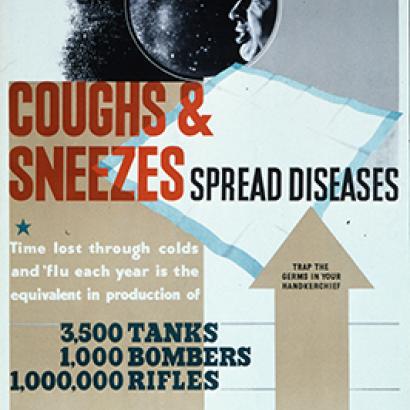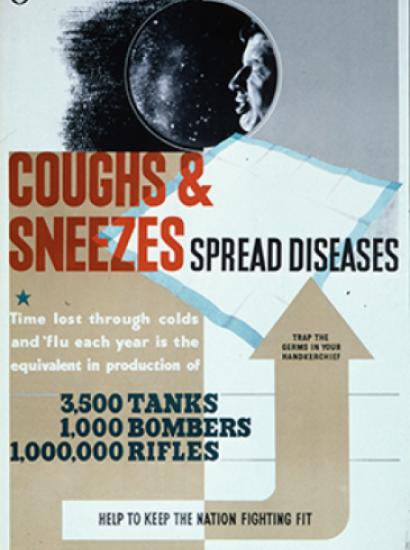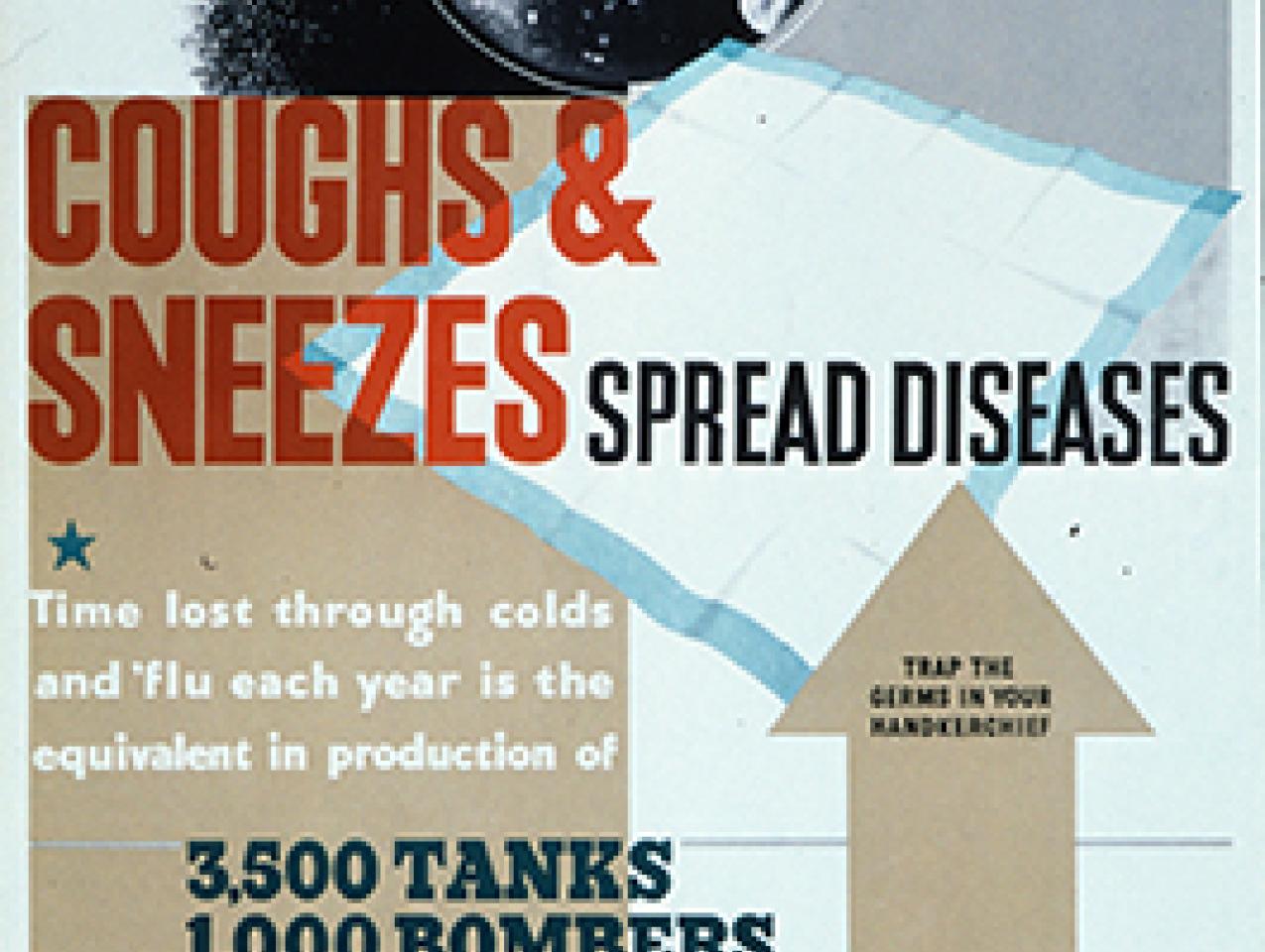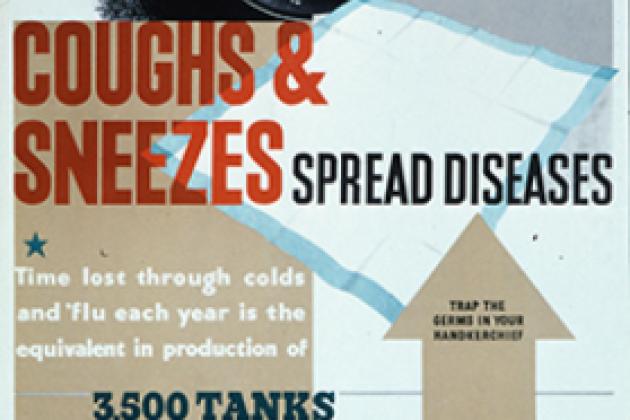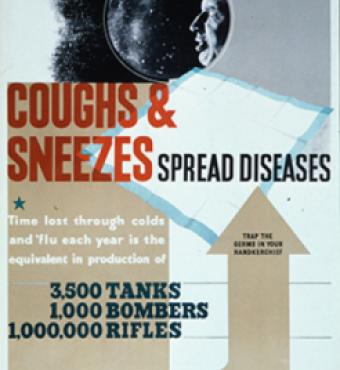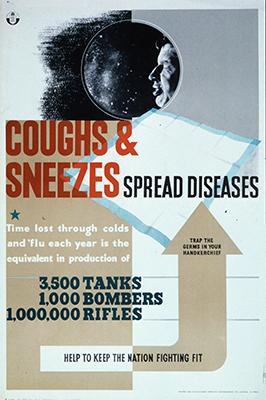- History
- Military
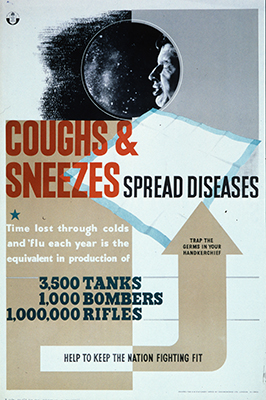
At the end of a lecture on future threats to the Missouri National Guard a few years ago, I was asked what unexpected event might challenge their capabilities. I replied that a mission impossible would result from an explosively lethal pandemic that triggered quarantines on major cities—their enforcement efforts would fail, due to the physical structures of today’s urban areas
Quarantines as we know them were employed to combat the Black Death and other scourges from the late Middle Ages onward. The term derived from the Italian word for forty, quaranta, a number of days of confinement that proved sufficient to test whether ships arriving in harbor carried plague. Of course, the number forty also carries spiritual overtones, recurring throughout the Bible as a period of testing: Faith and practicality came together. (Indeed, the resonant number forty echoed all the way down to blues singer Muddy Waters’ signature song, “Forty Days and Forty Nights.”)
Faced with an incipient pandemic today, Covid-19, medical experts recommend a fourteen-day isolation period, and Italy’s present experience will be instructive regarding the effectiveness of quarantine efforts in today’s hyper-mobile societies, with their broad population distribution. In centuries past, quarantines worked best (although inconsistently) against infected ships in ports, less so in protecting cities from threats on terra firma. While yesteryear’s walled towns facilitated access and egress controls, combinations of terror, greed, and ingenuity often undercut quarantine protocols, while the virulence and transmission means of a disease also were critical factors. On the positive side, the eventual identification of vectors proved decisive in limiting the impact of epidemics—although not of wild-card viral pandemics, such as the Spanish flu of 1918-19.
As this article is written, Italy, with a few hundred cases of Covid-19, has imposed classic quarantines on a cluster of towns and villages in Lombardy and Emilia-Romagna, with soldiers supporting the national and local police in enforcement—as soldiers have been called to battle plagues for centuries. The small size of the populated areas currently under restriction and limited local road networks may enable effective quarantines in this case—we don’t yet know—but a possibly insurmountable challenge would come from major urban outbreaks with death rates that sparked panic.
And today’s metroplexes are very different from yesteryear’s walled towns. Even factoring out transportation at speeds and over distances unthinkable in the past, the development of the distributed suburb and its complex road networks would make quarantine enforcement all but impossible, given the number of forces required—the closest thing we have to medieval walls are the porous beltways surrounding major cities. While water-flanked cities, such as San Francisco, might be sealed off to a meaningful degree, Los Angeles could not be closed off without enormous resources, draconian enforcement—and the odds still against success.
Walled and gated medieval cities were funnels; today’s cities are sieves.
On top of the resource demands of the physical quarantine come the perils of basic supply shortages, thanks to our highly centralized distribution networks: An African village can feed itself, American towns can’t. (At the moment, Italian supermarkets are running out of goods, from pasta to toilet paper). In a killer pandemic, the military also would be tasked with food deliveries and convoy protection, further exposing them to infection or violence. With our current emphasis on cyber-war, it won’t do to forget that, until the mid-twentieth century, disease killed more soldiers than battle did.
Italy is also imposing geographically broader restrictions on public gatherings, with northern states closing schools, government offices, museums, and cinemas. Even Milan’s famed La Scala opera house has been shuttered (cutting off a production of “Il Trovatore”), while Venice’s renowned carnival has been cut short (ironically, one of the best-known masks—the weird bird-beak and goggles—represents a Renaissance-era plague doctor). Although Covid-19 is not lethal enough in its present form to trigger mass, panic, Italian containment efforts will prove a school for combating epidemic-disease in a post-modern society.
A far-greater test for civil and military authorities, though, would come from a high-mortality pandemic: In a rule-of-law democracy, what level of force is acceptable to confine citizens within areas of high infection rates (even if such control were possible)? And should worse come to worst, mortality would not only disproportionately strike health-care workers (as it has done ferociously in China), but would also affect those enforcing quarantines—or, in truly grim conditions, those ordered to collect bodies. All that, of course, brings the issue back to those National Guard officers and NCOs trying to prepare for the unexpected.
We do not yet know how far the Covid-19 virus will spread, whether it could mutate into a deadlier form…or just wither away, as seasonal influenza strains have done. But we would be foolish not to take this opportunity to war-game future pandemics of greater mortality—and to ask what “quarantine” means for the twenty-first century.
Ralph Peters is the author, most recently, of Darkness at Chancellorsville.







